ZAMBALES | Cabangan Beach ~ Waves & Sunsets
Wednesday, April 20, 2022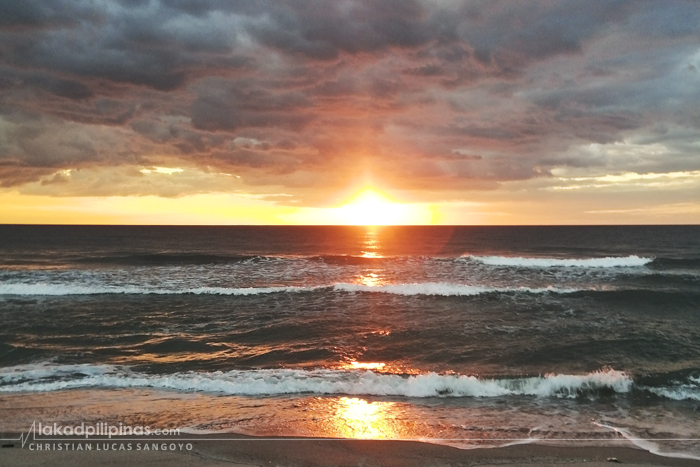
The three of us walked along the foreshore of Cabangan Beach as we always did during the afternoons. The waves, warm and gentle, lapping against our bare feet. My son, holding tightly onto my hand on his left, and her mother’s on his right. And the sun, slowly lowering itself on the horizon—fierce and fiery, seemingly unwilling to let the summer days of Zambales to end just yet.
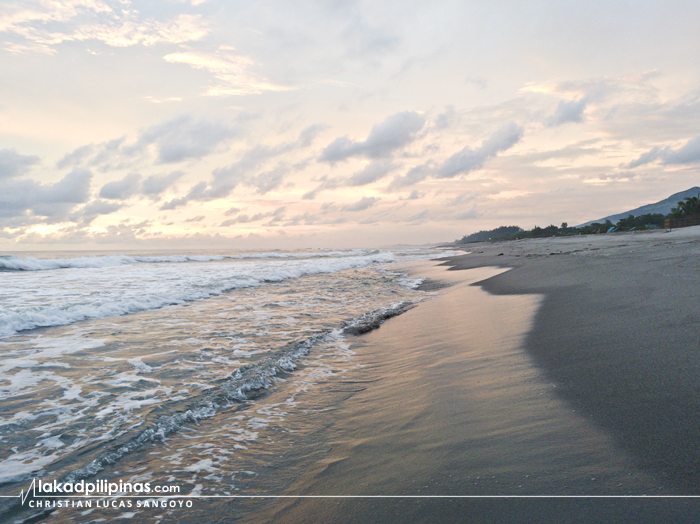 |
| PASTEL SKIES AT SAN ISIDRO BEACH IN CABANGAN |
Like most people in the metro, it has been years since we’ve seen the sea. The Pandemic did that. And when the cases finally slowed down, we decided to go. To my wife’s hometown we went—the sleepy town of Cabangan in Zambales.
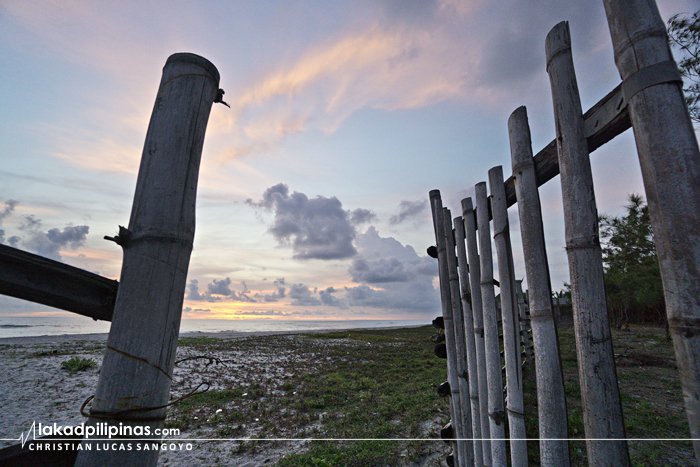 |
| SUNSET AT CABANGAN BEACH |
My wife’s relatives have homes along the town’s San Isidro Beach, so it was decided that we’d spend a few weeks at the beach. If we haven’t seen the sea for two years, my son hasn’t seen it his whole life. Being born just before the Pandemic hit, this was gonna be his first.
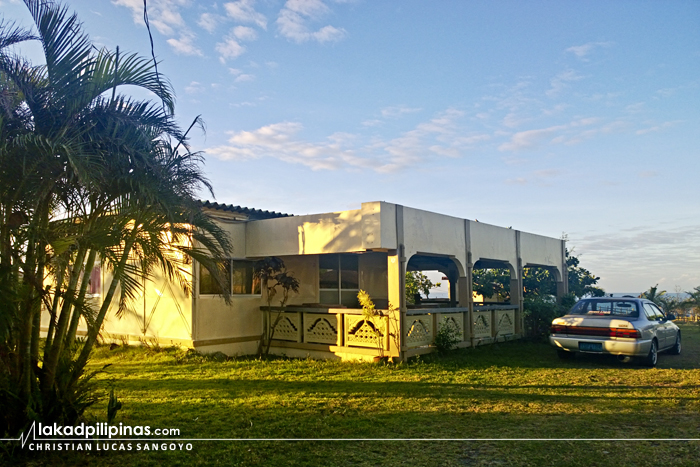 |
| KOBE HOUSE IN CABANGAN, OUR USUAL HANGOUT IN SAN ISIDRO BEACH |
 |
| BEER AND THE SEA AT CABANGAN BEACH |
This would be our longest stay yet. We used to visit for a couple of days, with friends at Kobe House—a small bungalow being rented out for people wanting to hit the beach in Cabangan—partying till the wee hours of the mornings, drinking sessions, bonfires, barbecues, stargazing. Now, we’re staying for almost a month.
 |
| AGOHO TREES ALONG SAN ISIDRO BEACH |
Like San Isidro Beach, most beaches in Cabangan have course, light gray sand—loose and very soft to the feet. It has quite the shoreline too, having an average of thirty to forty meters from the agoho evergreen trees that line the beach, up to where the sand meets the sea.
 |
| DAPLAK PLANTS ZIGZAG ALONG THE BEACH |
Along these, daplak and kalakal plants forever creep towards the water—its purple flowers decorating the beach. Fishing boats are eternally docked—local dogs sleeping on its shades. There are a few makeshift huts, a respite for the harsh sun of Central Luzon.
 |
| SWIM AT YOUR OWN RISK AT CABANGAN BEACH |
And then the sea. Cabangan’s sea isn’t like your regular sangria-sipping lazy beach. The waves are strong—one of the strongest I’ve seen, and the seabed quickly drops to more than a man’s height. Swimming is almost impossible, unless you’re a local. What most people usually do to enjoy the water is to simply stand, let the waves smash them to smithereens, and then wash them tumbling back to shore.
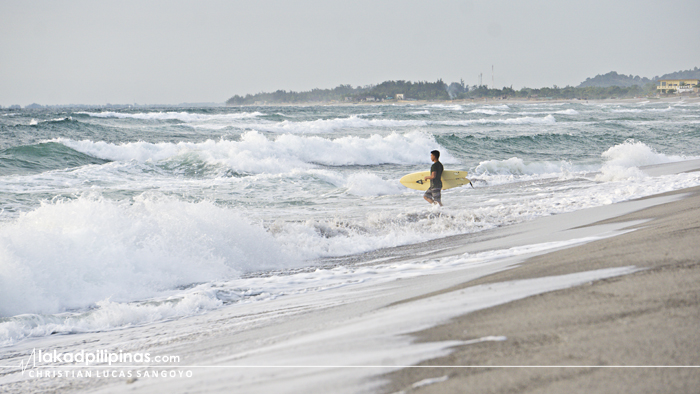 |
| MASSIVE WAVES AT SAN ISIDRO, PART OF CABANGAN BEACH |
It does get better during the summer—its waters transform and calm itself for a couple of months, before raging back to its true self for the rest of the year.
 |
| FISHING BOATS DOCKED ALONG THE SHORE |
The beaches of Cabangan stretch for more than twelve kilometers and are divided and named by the barangays they’re on. From north to south they’re known as the beaches of Mabanglit, Felmida, Arew, San Isidro, Sto. Nino, Camiing, Lomboy, and Laoag. Well, except for Pier Beach—which is named after the pier constructed in Barangay Sto. Nino.
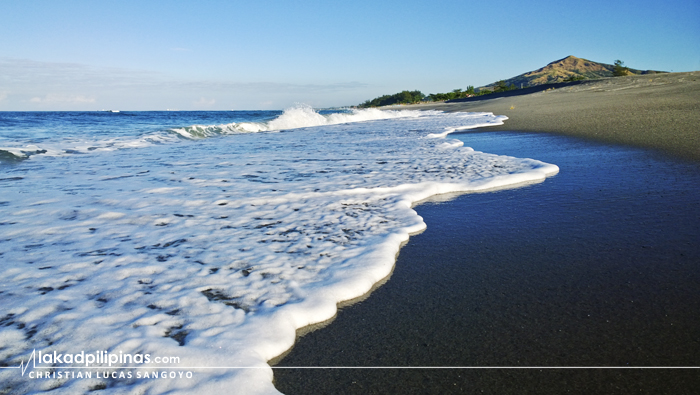 |
| THE MOUNTAINS OF CABANGAN AS SEEN FROM THE BEACH |
And of these, San Isidro is the most historic, being the first settlement in the whole of Cabangan. According to Wikipedia, it was said that the people who settled here was forced to go farther inland due to Moro attacks along the coastline.
 |
| FISHERFOLK HOUSES ALONG THE SHORE OF CABANGAN BEACH |
The first time I visited Cabangan about a decade ago, things were very different. There were hardly any resorts along its shore. Most structures are simply homes for the locals. There were almost zero tourists too—most are guests brought by residents, well, like myself. The beach was usually devoid of people except for local kids playing against the breaking waves.
 |
| SKIM BOARDERS WAITING FOR THE PERFECT WAVE IN SAN ISIDRO BEACH |
 |
| A SURFER RIDES CABANGAN’S MASSIVE WAVES |
On this last visit, things have definitely changed. The coastline is now replete with resorts—not just any other resorts, but high end ones too. Besides fishing boats and sleeping dogs, there are now volleyball nets and football goals set up along the shore. From time to time, an ATV roars by. Tourists now swim along the beach—or more appropriately, they try to swim. And on the waters, surfers and skim boarders ride the waves.
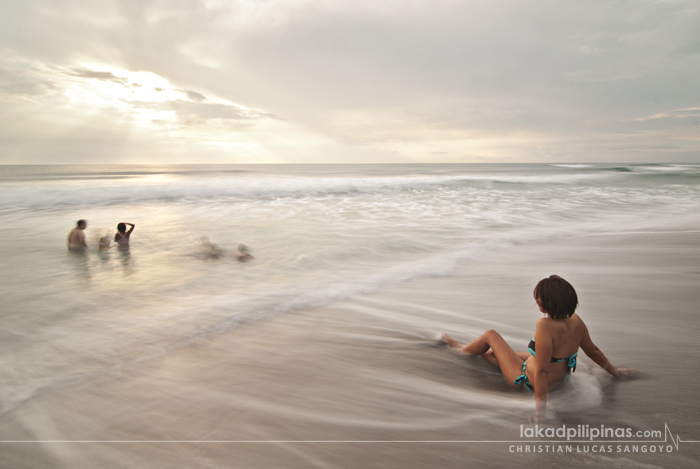 |
| CHANGES ARE HAPPENING FAST IN CABANGAN |
These were all a shock to us. The once sleepy town of Cabangan has totally changed in the two years that we’ve been away. Land value has probably risen as investments poured in. For those wanting a beach house or even a resort, Cabangan is probably one of the hottest places to buy properties in Zambales. It’s like, pick an empty beach lot, calculate your monthly payment, then start building.
 |
| KIDS PLAYING ALONG THE BEACH |
This is probably the start of serious tourism in Cabangan. When once it was a sleepy town populated by farmers and fisher folks, it’s now evolving into the newest beach and surfing destination in Zambales. While this definitely has its advantages, especially in alleviating local industries, it’s a double-edged sword as well. What was once your own secret beach is now open for all the world to visit. What was once a simple town where everyone knew each other by name, it’s now a gathering place for total strangers.
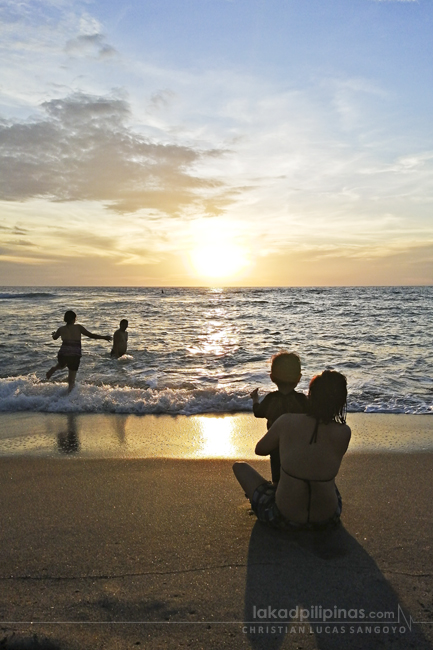 |
| CABANGANEANS ENJOYING THE SUNSET |
On our last few days on the beach. We watched as a group of tourists brave the waves of San Isidro Beach. A local watched from the shore, making sure of their safety. We spoke to him at length as he relived stories about this place from his childhood up to his days as a fisherman, and now a resort lifeguard. In the end, he mused, whatever happens, these beaches will remain as the playground Cabanganeans will grow up in.
 Cabangan Beach
Cabangan Beach
Address: Cabangan, Zambales
Entrance Fee: Free
Opening Hours: 24 Hours, Daily
GPS Coordinates Map: 15.172603, 120.034151



























































0 comments